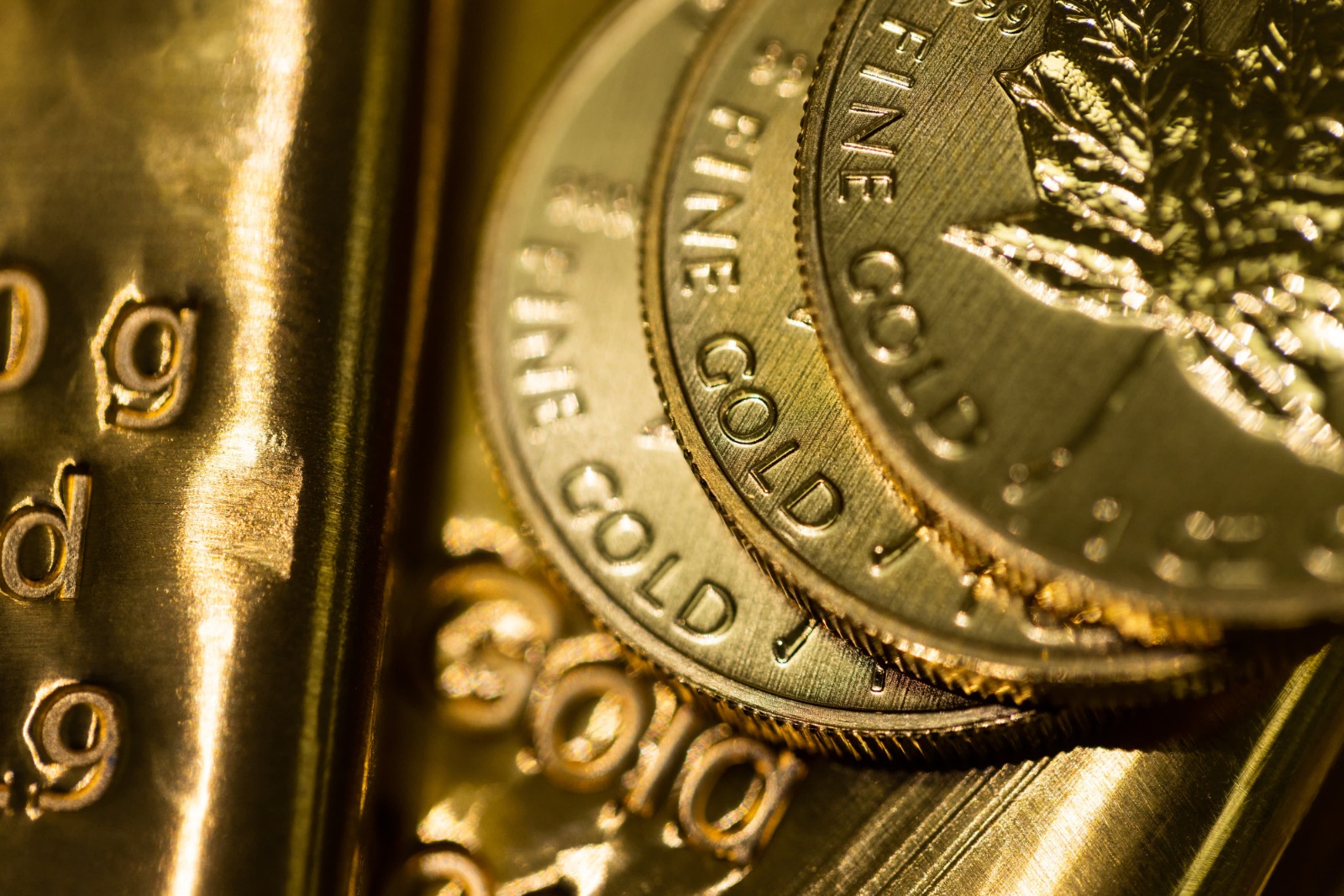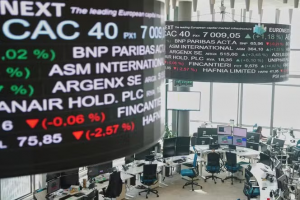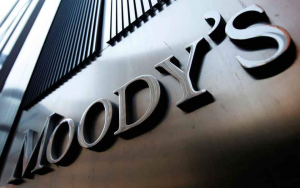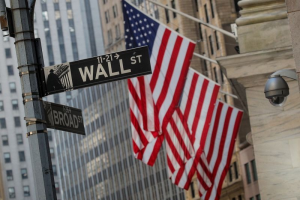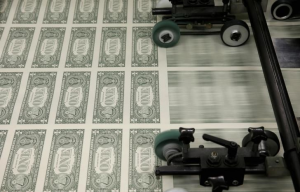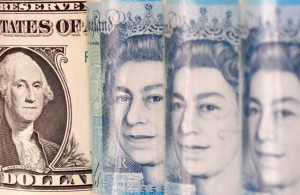Gold prices held steady on Monday, bolstered by strong central bank demand and the potential for an early interest rate cut by the U.S. Federal Reserve.
Spot gold was up 0.1% $3,040.57 an ounce as of 1139 GMT, after hitting a session-low of $2,971.09 earlier in the session as some investors sold bullion to cover losses in other trades.
U.S. gold futures rose 0.8% to $3,059.20.
Major stock indexes across the world plunged as U.S. President Donald Trump showed no sign of backing away from his sweeping tariff plans.
China struck back with a slew of counter-measures on Friday, including extra levies of 34% on all U.S. goods and export curbs on some rare earth metals.
"Once the dust settles, the rising recession risks, a weaker dollar, lower real yields and bigger rate cut expectations will all play their part in supporting a rebound," said Ole Hansen, head of commodity strategy at Saxo Bank
"Gold's correction remains a relatively shallow one with key support levels holding, most notably the trendline from the January low at $2,975 ahead of the February highs around $2,955."
Gold hit a record high of $3,167.57 on Thursday, aided by its status as a safe haven amidst economic and geopolitical uncertainties and strong central bank demand.
China's central bank added gold to its reserves in March for the fifth straight month.
"We conclude that the bull case for gold remains strong despite this week's correction and further upgrade our year-end forecast to $3,350/oz," Deutsche Bank said.
Investors are speculating that the increasing risk of a recession might prompt the Fed to cut interest rates as early as May.
Lower rates increases the appeal of bullion as it yields no interest.
The steep global sell-off continues, so how should investors handle it
Spot silver gained 2.6% to $30.32 an ounce recovering from a near seven-month low hit earlier in the day.
Spot platinum was steady at $916.14, while palladium added 0.5% to $915.69.

